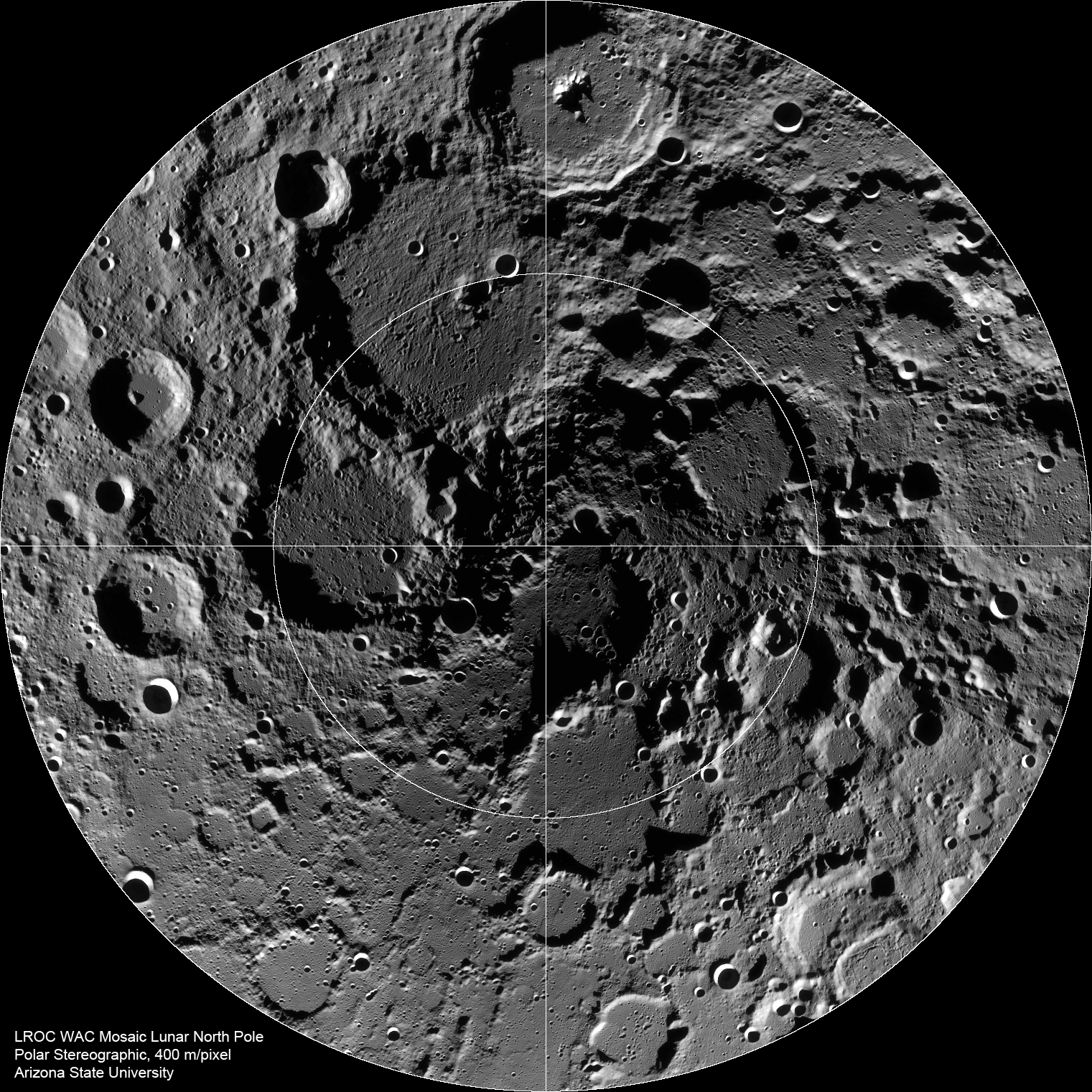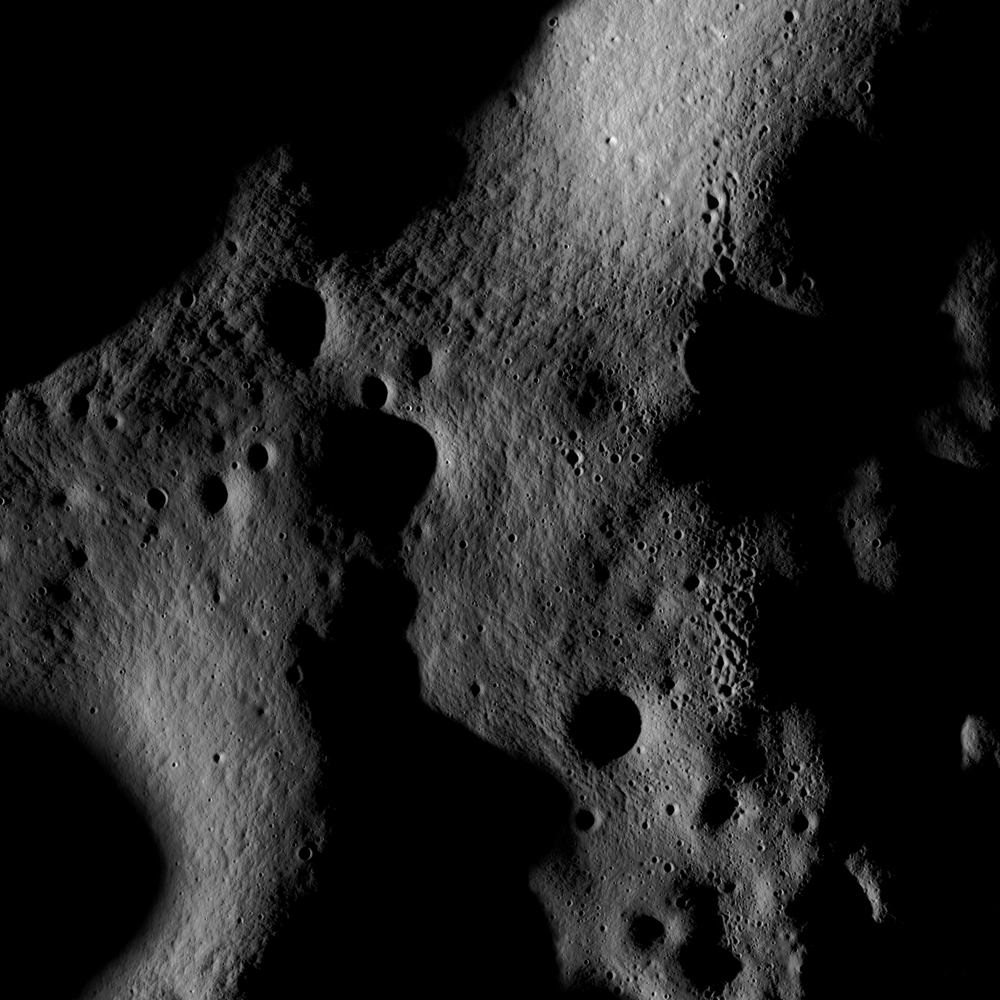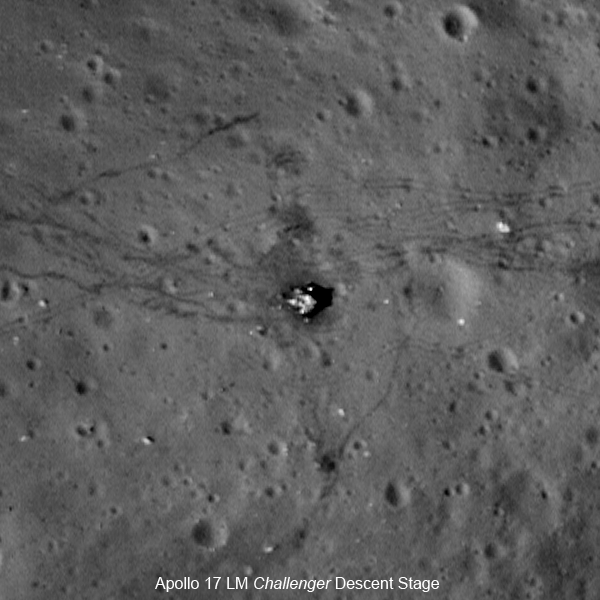
To Go Better, Sometimes You Transfer: Spaceflight, Inc. NASA Funds Projects to Study Orbital Debris, Space Sustainability. KT SAT and Thales Alenia Space Sign Contract for KOREASAT 6A Communications Satellite. Ushering a New Design for Communications Satellites: Q&A with AST SpaceMobile’s Scott Wisniewski. Leanspace Announces a Second Closing of its €6m Seed Round with the Joining of Another Leading Space Investment Firm. Sidus Space and Momentus Execute MOU to Better Serve Customers. New Space Domain Awareness Services for European Governments Provided by a NorthStar and Telespazio Partnership. ThinkOrbital Awarded SpaceWERX Orbital Prime Contract. Spire Global Announces Space Services Agreement with GHGSat to Launch Satellites for Greenhouse Gas Emissions Monitoring. CASIS Cooperative Agreement with NASA to Manage the ISS National Lab Extended Through 2027. Rocket Lab, SpaceX Plan Launches for Thursday. NASA Aims to Launch Artemis I on Sept. It was dusk when the landing area was imaged and thus large shadows covered much of the terrain it is possible that the Vikram lander is hiding in a shadow. 17 and acquired a set of high resolution images of the area so far the LROC team has not been able to locate or image the lander. The Lunar Reconnaissance Orbiter (LRO) passed over the landing site on Sept. In order to visualize the site, take a quick fly-around. However, it’s extremely difficult to spot the Vikram crash site from the LRO image because the lander was so small. The site was located about 600 kilometers (370 miles) from the south pole in a relatively ancient terrain ( 70.8°S latitude, 23.5☎ longitude). The scene above was captured from an LROC Quickmap fly-around of the site. This event was India’s first attempt at a soft landing on the Moon. The lander, Vikram, was scheduled to touch down on Sept. (Credits: NASA/Goddard/Arizona State University) A view looking down on the Vikram landing site (image acquired before the landing attempt), image width 87 kilometers (54 miles). Vikram had a hard landing and the precise location of the spacecraft in the lunar highlands has yet to be determined. 6 in the United States), on a small patch of lunar highland smooth plains between Simpelius N and Manzinus C craters. (NASA PR) - The Chandrayaan-2 lander, Vikram, attempted a landing Sept. The image width is about 150 kilometers across the center. Apollo 12 astronauts even found the first meteorite ever discovered on another world, the Bench Crater carbonaceous chondrite.The area where India’s Vikram spacecraft had a hard landing was captured by the Lunar Reconnaissance Orbiter Camera (LROC) Quickmap during a fly-around of the targeted landing site. 
Astronauts bagged 842 pounds (382 kg) of Moon rocks, which represented everything from mare basalts to ancient highland rocks to impact-shattered rocks called breccias.

All the landing sites lie on the near side of the Moon and were chosen to explore different geologic terrains.


LRO's orbital imagery and photos taken in situ by the Apollo astronauts will serve to illuminate our ramblings from one Apollo site to the next. Top, clockwise: James Irwin salutes the flag at Hadley Rill Harrison Schmitt collects rock samples in the Taurus-Littrow Valley Buzz Aldrin's footprint in the lunar regolith Charlie Duke placed a photo of his family on the Moon and took a picture of it Edgar Mitchell photographs the desolate landscape of the Fra Mauro highlands and Pete Conrad jiggles the Surveyor 3 probe to see how firmly it's situated. Six Apollo missions successfully landed on and departed from the Moon between July 1969 and December 1972. Given that the largest piece of equipment left on the Moon after each mission was the 17.9-foot-high by 14-foot-wide Lunar Module, you can see the problem.ĭid I say problem? No problem for NASA's Lunar Reconnaissance Orbiter (LRO), which can dip as low as 31 miles (50 km) from the lunar surface, close enough to image each landing site in remarkable detail. In visible light, it's 0.05″, or closer to 300 feet. Hubble's 94.5-inch mirror has a resolution of 0.024″ in ultraviolet light, which translates to 141 feet (43 meters) at the Moon's distance. Not even the Hubble Space Telescope can discern evidence of the Apollo landings. They're the only places where humanity has achieved one of its oldest dreams and "touched the stars".Īs you're well aware, no telescope on Earth can see the leftover descent stages of the Apollo Lunar Modules or anything else Apollo-related. But here and there among the nooks and crannies, you'll find six of the most remarkable locales on the Moon - the Apollo landing sites. How can you ignore it? You've doubtless observed craters and mountain ranges and probed for volcanic features like rills and domes. We all love dark moonless skies, but let's face it, the Moon's out two weeks a month. Earth glows blue 240,000 miles in the distance. Apollo 17 astronaut Harrison Schmitt with the American flag.








 0 kommentar(er)
0 kommentar(er)
